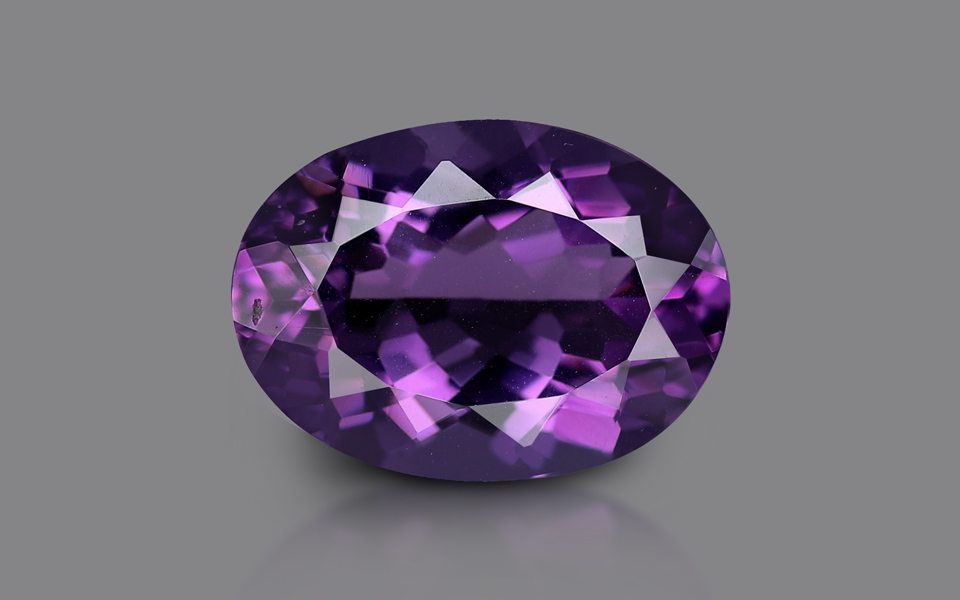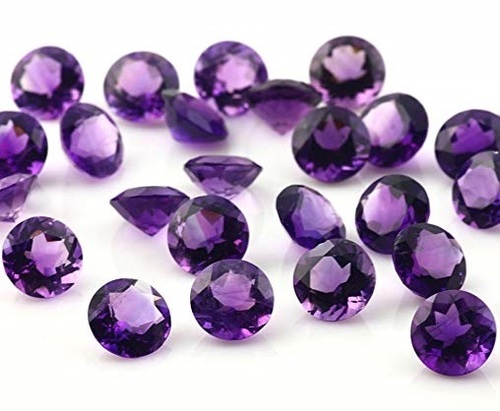Why is the Amethyst Stone popular in jewelry?
Throughout history, certain gemstones have captivated humanity with their allure and mystique. Among these, the amethyst stone stands out as a perennial favorite in the world of jewelry. Renowned for its mesmerizing hues and rich symbolism, the amethyst has secured its place as a cherished gemstone. This article delves into the fascinating reasons behind the enduring popularity of amethyst stones in jewelry, delving into their history, properties, and the captivating allure that draws people to their enchanting beauty.
The Allure of Amethyst: A Brief Overview
Amethyst is a violet variety of quartz, known for its stunning shades ranging from pale lavender to deep purple. It has been prized for centuries, adorning the jewelry of royals, spiritual leaders, and discerning individuals alike. Its name, derived from the Greek word "amethystos," translates to "not intoxicated," reflecting its historical association with sobriety and prevention of drunkenness.

Historical Significance and Symbolism
- Ancient Royalty and Nobility: In ancient times, amethyst was reserved for royalty and high-ranking officials. Its association with nobility elevated its status, making it a symbol of power and prestige.
- Spiritual and Healing Traditions: Across cultures, amethyst has been revered for its supposed metaphysical properties. It was believed to promote spiritual growth, enhance meditation, and provide protection against negative energies.
- Sobriety and Clarity: The belief in amethyst's ability to prevent intoxication led to its popularity among individuals seeking sobriety. It was often fashioned into goblets and amulets, serving as a constant reminder of moderation.
Properties of Amethyst Stones
- Color Variations: Amethyst's color range, from pale lilac to deep purple, offers a wide spectrum of options for jewelry enthusiasts. The most prized amethyst stones exhibit a rich, intense purple hue.
- Hardness and Durability: Amethyst has a Mohs hardness rating of 7, making it suitable for various types of jewelry. It is durable enough for rings and bracelets, while its captivating color makes it an ideal choice for pendants and earrings.
- Clarity and Transparency: High-quality amethyst stones are transparent, allowing light to dance through their facets and enhancing their brilliance.
- Faceting and Cuts: Amethyst's versatility allows it to be cut into a range of shapes and facets, from classic emerald and princess cuts to intricate and custom designs.

Amethyst in Modern Jewelry
- Elegance and Versatility: Amethyst's regal charm and diverse color spectrum make it a versatile gemstone for both casual and formal jewelry. It can be combined with various metals and other gemstones to create unique and exquisite designs.
- Birthstone and Zodiac Appeal: Amethyst is the birthstone for February and is associated with the zodiac sign of Pisces. This natural alignment with personal identity adds to its appeal as a meaningful and personalized jewelry choice.
- Contemporary Designs: Modern jewelry designers embrace amethyst's timeless beauty by incorporating it into contemporary and innovative designs. From delicate solitaire rings to statement necklaces, amethyst continues to shine.
Conclusion:
The enduring popularity of amethyst stones in jewelry is a testament to their captivating beauty, rich symbolism, and historical significance. From ancient royals to modern enthusiasts, amethyst has consistently charmed and intrigued individuals across cultures and eras. Its enchanting hues, spiritual associations, and versatility in jewelry designs have cemented its status as a beloved gemstone. Whether as a celebration of birth, a statement of style, or a tribute to tradition, amethyst's enduring allure will continue to shine brightly in the world of jewelry for generations to come.
Comments
Post a Comment